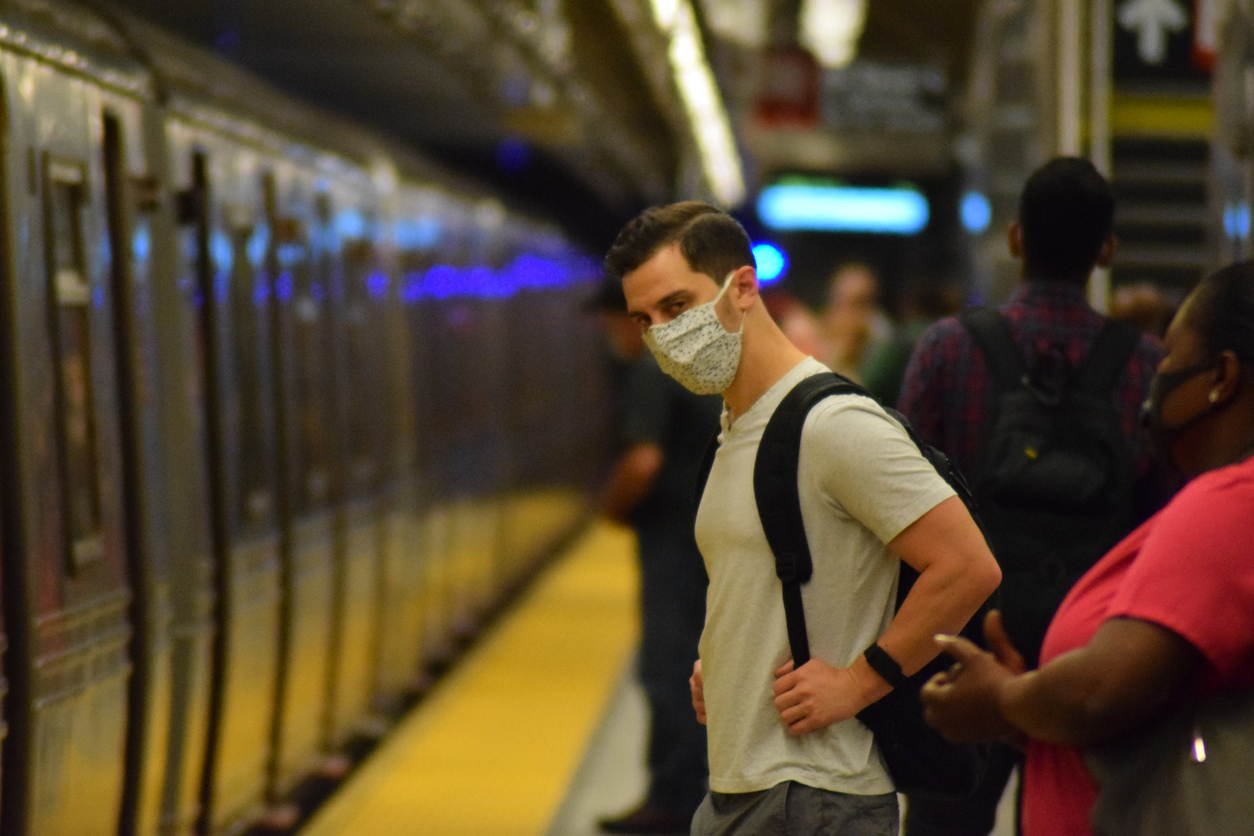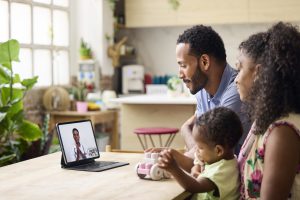As COVID-19 surges nationwide, 78% of New York City residents believe it is likely or very likely the city will again experience a resurgence of cases similar to that seen last April. However, the November Presidential election appears to have triggered an optimism among New Yorkers: more than half feel “more hopeful” about the country’s economic recovery (55%) and the government’s ability to control the pandemic (58%).
These are key findings from the tracking survey of public perceptions and experiences in NYC during the COVID-19 pandemic conducted by the City University of New York Graduate School of Public Health & Health Policy (CUNY SPH). One thousand NYC residents were polled from November 20-22, 2020. The same panel of respondents were surveyed at the end of September and will be surveyed once more in January 2021.
“As we head into the most challenging winter of our lifetimes, this combination of clear-eyed acceptance of our current reality and cautious optimism bodes well for New York’s eventual recovery,” says Dr. Ayman El-Mohandes, Dean of CUNY SPH.
Asked whether the recent election had influenced their willingness to accept a COVID-19 vaccine, 43% report that it is now more likely that they will accept the vaccine compared to 18% who were less likely to take it. “This post-election boost in vaccine confidence is heartening,” says Dr. Scott Ratzan, Distinguished Lecturer at CUNY SPH, “but the number of people who accept the new vaccines will still have to grow substantially if we are to curb the pandemic.”
Subtle changes in indicators of mental health and trust
New Yorkers’ levels of anxiety and depression held steady from September to November, with 21% of respondents feeling anxious more than half the time and 19% of respondents feeling depressed (an insignificant increases of 2% and 1% percent respectively). Notably, however, hopefulness about the future rose by 11%, with 43% of respondents feeling hopeful more than half the time.
Trust in federal and state government remained unchanged over the past three months. Only 23% of respondents say they trust that the federal government has their best interest and safety in mind, 38% feel the same about the state government. Fifteen percent (15%) trust both governments while 14% trust neither. The remaining 10% are unsure.
However, as the pandemic lingers trust in fellow citizens appears to have eroded substantially, dropping 12% since September with only 31% of respondents agreeing that “most people can be trusted.”
Economic pain persists
The same percentage (30%) of New Yorkers reported they had changed their living arrangements since the pandemic began. The majority of them reported moving to cheaper housing (48%) or returning home to live with parents or family (34%). Employment numbers worsened slightly. Of those who said they had lost their jobs due to the pandemic, 48% remained unemployed in September; in November, that number has dropped slightly to 44%. Three in ten New York City households (29%) ran out of food in November before they had money to buy more, roughly the same (31%) as in September. Communities of color continue to be impacted disproportionately: 38% and 34% of Latinx and Black respondents respectively ran out of food in November before they had the money to buy more, compared to 19% of Whites.
Most New Yorkers to prefer to slow down the return to routine business and daily activities
The surge in COVID-19 cases across New York led 40% of respondents to believe normal daily activities and business operations should be rolled back or delayed, a substantial increase over September, when only 28% of respondents felt the pace of reopening was too quick. In contrast, when it came to reopening schools following the Thanksgiving holiday, just under half (49%) of respondents thought the city should keep them closed.
When considering only parents with a child in public school, over half (55%) believe that schools should remain closed following the Thanksgiving break; 20% said they believe schools should reopen while 24% were unsure.
Residents appear to be exercising greater caution in their personal behavior: compared to September, there was a 5% drop in those who worked outside of the home (47% vs. 42%) and a 7% drop in those who worked out in an indoor gym (25% vs. 18%). Only 18% of respondents participated in an indoor cultural or social event with more than 20 people present in November, compared to 25% in September.
Additional survey results are at https://sph.cuny.edu/research/covid-19-tracking-survey/november and JHC Impact, an initiative of the Journal of Health Communication: International Perspectives.
Survey Methods
The CUNY Graduate School of Public Health and Health Policy (CUNY SPH) survey was conducted by Emerson College Polling from November 20-22, 2020. The sample for the New York City results was n=1,000, with a Credibility Interval (CI) similar to a poll’s margin of error (MOE) of +/- 3 percentage points. The data set was weighted by sex, age, race/ethnicity, education, and region based on the 2019 1-year American Community Survey model. Additional considerations beyond the ACS model influenced weights for race/ethnicity as the Census Bureau collects two sets of race/ethnicity data by grouping Hispanics and races together (e.g., Hispanic Whites) as well as separating non-Hispanic and Hispanic groups. To create one data set that more appropriately represents the racial diversity in NYC, we grouped Hispanic and Latinx respondents together. It is important to remember that subsets based on gender, age, ethnicity, and region carry with them higher margins of error, as the sample size is reduced. Sampling parameters were set based Borough-level population data:
Queens: 27% of total (n=271)
Manhattan: 19% of total (n=194)
The Bronx: 17% of total (n=171)
Staten Island: 6% of total (n=57)
Brooklyn: 31% of total (n=308)
The data was collected using an Interactive Voice Response (IVR) system of landlines (n=466), SMS-to-online (n=535).




